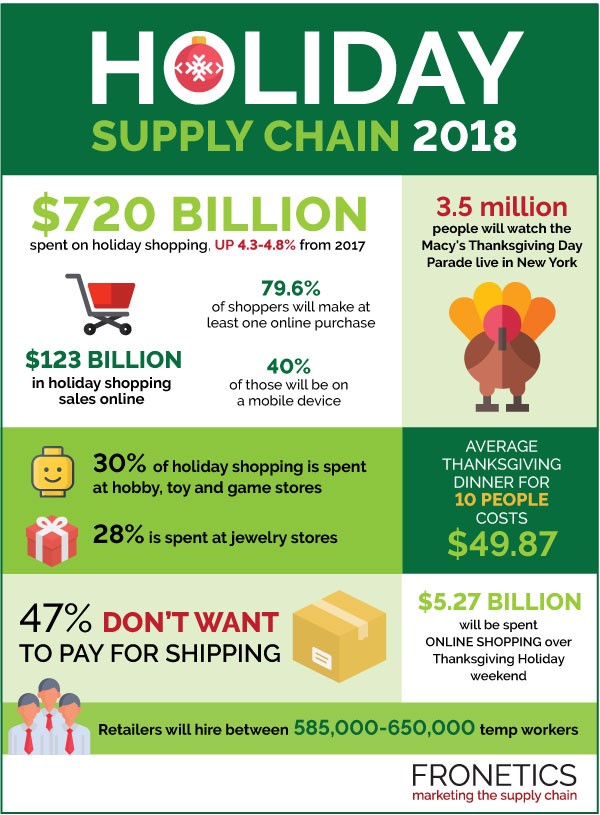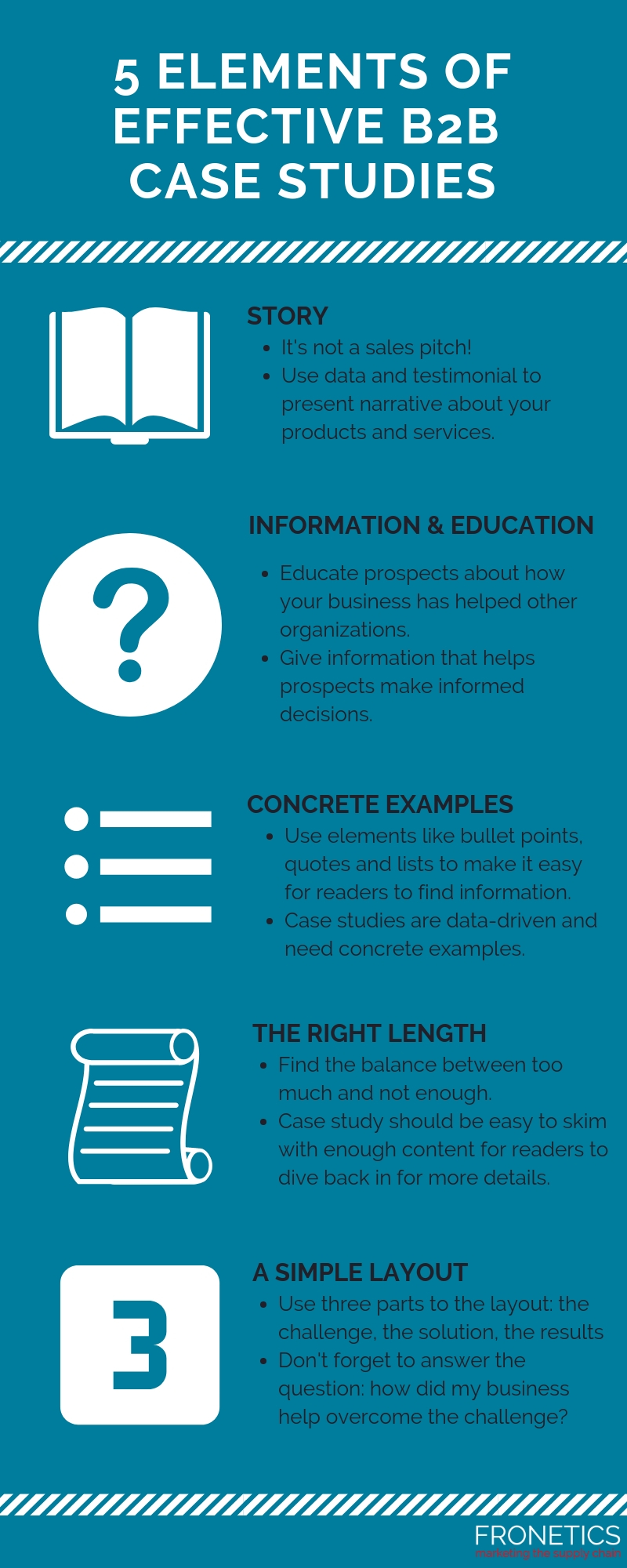
by Jennifer Hart Yim | Nov 28, 2018 | Blog, Content Marketing, Logistics, Marketing, Strategy, Supply Chain, Talent
Great people don’t always focus on expressing their superpowers at work out of a fear of limiting their scope. Here’s how employers can identify and coach employees to work to their fullest potential.
This guest post comes to us from Argentus Supply Chain Recruiting, a boutique recruitment firm specializing in Supply Chain Management and Procurement.
In people management and hiring, we might assume that we’re emphasizing what our employees are best at. “Play to your strengths” is one of the biggest truisms of business, and life in general. If the people we’re managing – or hiring – are talented, we might assume that they’re working to their full potential in their roles. The cream rises to the top in any organization, but how often are we failing to hire and manage talented people based on what they’re truly best at?
A great new article from executive coach Whitney Johnson in the Harvard Business Review details how employers can help their teams play to their strengths. More than strengths, actually: Johnson offers strategies for identifying and coaching employees based on their superpowers – the things that come most easily, the things that those employees are not always willing to boast about.
[bctt tweet=”People sometimes undervalue their own superpowers because the tasks associated with them feel “too easy” compared to hard-won skills. But let people focus on their superpowers and real opportunities for innovation start to spring forth.” username=”Fronetics”]
As Johnson puts it, people sometimes undervalue their own superpowers because the tasks associated with them feel “too easy” compared to hard-won skills. But let people focus on their superpowers and real opportunities for innovation start to spring forth.
Often you can spot superpowers in the wild; some people are such high performers that it’s obvious what they’re best at, and they’ve found their way into a role that utilizes those skills. But the HBR article makes the point that great people don’t always focus on expressing their superpowers at work out of a fear of limiting their scope. It’s rare that you find someone who’ll put what they’re truly a genius at on their resume – either out of a desire not to boast, or to present a more balanced profile.
The article identifies some strategies for managers to identify their team’s “superpowers.” They encourage managers to ask their employees a few key questions:
- What exasperates you? Ask people if there’s anything in their job that frustrates them when other people don’t understand it easily.
- What compliments do you dismiss? The article makes a great point that people tend to downplay the things that they’re best at – the things that come most naturally to them – out of humility or because they feel “easy.” If someone regularly dismisses compliments around a certain task or deliverable, that’s a sign that thing might be their superpower.
- What do you think about when you have nothing to think about? In downtime, our brains regularly come back to the things that stimulate us most – the things our minds gnaw at that we can’t let go. Leaders should try to find out their employees’ fixations, because – through coaching – these can develop into passions and ultimately superpowers.
But why stop at coaching and development? We think that companies should strive to adopt this approach for hiring as well: as much as possible they should hire employees for their superpowers, rather than their ability to carry out an over-wide range of tasks.
For example, in Strategic Procurement: is someone particularly elite at communicating and building relationships? Assign them specifically to build buy-in from internal stakeholders across the business, and act as a point-person between those internal clients and the sourcing group. Leave the sourcing to those whose “superpowers” are evaluating the supplier marketplace, or negotiation, rather than structuring your department around a bunch of generalists.
Does someone have a deep understanding of a particular category, for example marketing spend, perhaps from working on the other side of the fence? Hire them for that category. These are just a few examples of how we think companies can adopt the “superheroes” approach to hiring.
Companies should tailor job descriptions towards key deliverables, and consider including the questions mentioned above in the job interview process, as a means of trying to uncover what comes easiest to job candidates – which also happens to be the areas where they’re most likely to innovate.
Budgets, organizational structure, and directives from senior leadership will often be impediments to this approach, but specialization is the name of the game in improving efficiency, which is after all what Supply Chain Management and Procurement are all about.
Related posts:


by Fronetics | Nov 27, 2018 | Blog, Content Marketing, Current Events, Logistics, Marketing, Social Media, Supply Chain
With the 2018 holidays approaching fast, customers are pulling out their wallets and getting ready to increase holiday spending by at least 4.3%.
The National Retail Federation (NRF) is estimating that holiday sales will be up 4.3-4.8% over 2017, for a total of $717.45 billion to $720.89 billion. “Thanks to a healthy economy and strong consumer confidence, we believe that this holiday season will continue to reflect the growth we’ve seen over the past year,” says NRF President and CEO Matthew Shay.
[bctt tweet=”The National Retail Federation (NRF) is estimating that holiday sales will be up 4.3-4.8% over 2017, for a total of $717.45 billion to $720.89 billion.” username=”Fronetics”]
Shopping insights
Consumers are planning to spend an average total of $1,007 for decorations, candy, and gifts ($853 on average), as well as other purchases for themselves and their families ($154 on average). This is an increase from 2017, continuing the trend of growth over the past 5 years.
Not only are they spending more, but consumers are starting early this year—as many as 40% will have started their holiday shopping by November 1, and 18% got started in September or earlier.With Black Friday and Cyber Monday behind us, consumers have been using deals and promotions to start getting items on their holiday lists. 164.6 million shopped or considered shopping during the Thanksgiving holiday weekend.
Increasingly, shoppers are turning online, many on mobile devices. 71% are planning to use a smartphone or tablet to research or make a purchase. In fact, 55% of consumers are planning to shop online. Of those, 94% plan to take advantage of free shipping, 50% plan to buy online and pick up in store, and 16% plan to splurge on expedited shipping.
Priorities
Holiday shoppers rank sales and price discounts (71%), quality (60%), selection of merchandise (60%), and free shipping (47%) as the top factors in deciding where to shop this year.
“Consumers will be scouring through retailers’ ads to make sure they are getting the best deal possible,” Prosper Insights Executive Vice President of Strategy Phil Rist said. “Although sales will remain an important factor, shoppers want good quality and want to be able to find what they’re looking for.”

(Made with Canva)
Related posts:


by Fronetics | Nov 26, 2018 | Blog, Content Marketing, Current Events, Logistics, Marketing, Social Media, Supply Chain
Here’s how content can help support sales during the seven stages of the sales cycle, including personalization and building last relationships.
The sales process is often an uphill journey with lots of unexpected bumps along the way. Sales teams are all too familiar with these obstacles, but they don’t have to face these challenges alone.
Arm your sales rep with content to educate prospects during specific points in the purchasing process, and it will build his or her reputation as a knowledge source. That can be the difference in getting a foot in the door, advancing through the final stages of a purchasers’ decision, or closing a deal.
[bctt tweet=”Sales and marketing can work together to create a better understanding of the buyer’s journey, make updates on buyers insights, and brainstorm solutions to bottlenecks in the sales funnel.” username=”Fronetics”]
Strong communication between sales and marketing can help achieve big-picture goals when it comes to creating content. These teams can work together to create a better understanding of the buyer’s journey, make updates on buyers insights, and brainstorm solutions to bottlenecks in the sales funnel.
You need to take a close look at your sales process and be strategic about the times when content would be helpful — as well as the types of content that will successfully assist sales reps in educating and informing prospects. Here’s how content can support sales in each of the 7 stages in the sales cycle:
Video: 7 Stages in the Sales Cycle Content Can Help
Takeaway
Don’t forget how important it is for sales teams to be armed with informative, relevant content to support the sales cycle. It’s not enough to just produce content, sales teams need to be ready to provide this content to potential customers at every point of contact.
Want help identifying what content your supply chain and logistics company can provide to your sales team? Let us help.
Related posts:


by Elizabeth Hines | Nov 21, 2018 | Blog, Content Marketing, Logistics, Marketing, Social Media, Supply Chain
With a growing shift toward social messaging platforms, your business needs to find a way to incorporate these apps into your content marketing strategy.
Feel like giving yourself a pat on the back for finally getting a handle on how to effectively use social media networks like Facebook, Instagram, Google+ and Twitter in supply chain marketing? Well, you might not want to celebrate just yet.
In the constantly changing world of online connection, social messaging apps are the new social media. The top four social messaging platforms have overtaken the top four social media networks in terms of monthly active users.
The increasing popularity of social messaging platforms means your business needs to consider how to incorporate social messaging apps into your marketing strategy if you want to continue to best meet your costumers.
Here’s what supply chain businesses need to know about social messaging apps — and why to use them in supply chain management.
What’s a social messaging platform?
Social messaging platforms are exactly as they sound. They are applications that allow people to easily and quickly connect with friends, family, and businesses for personal and professional conversations. They are basically email’s hip, smart, stylish grandchild. Sending text, photos, multimedia files, and even making voice calls are all available options.
Let’s take a closer look at the top four social messaging apps to gain a better sense of what they can do.
- WhatsApp. The enormously popular WhatsApp, owned by Facebook, is the most used social messaging app in the world with more than 1.5 billion users. Easy to understand and designed for smartphones and tablets, users can send text messages, photos, voice recordings and videos and even make voice calls over the internet. And guess what? It’s all free. In addition, WhatsApp lets users set a status for their contacts to see without having to message everyone, use the map function to communicate location info with someone, and share files from a phone or computer.
- Facebook Messenger. Facebook has its own messaging app too, and it’s just behind WhatsApp at 1.3 billion users. This social messaging app builds on Facebook’s user network but the message functionality was separated from the main social networking app a few years ago. Users can send messages and exchange photos, videos, stickers, and audio files, and they can react to other users’ messages too. You can also make free voice and video calls through the app.
- WeChat. With nearly 700 million users, WeChat dominates in China and is making a serious push for global reach. WeChat provides users with free mobile instant messaging, video and voice calls, group chat, and multimedia messaging with images, video, audio, stickers, and more.
- Viber. Viber is another free messaging app that works between phones, tablets, and computers. It currently has 400 million users. Users can send texts, stickers and emoticons, photos, voice and video messages. Viber also has a feature called Communities, which are public chat channels where the user can like and reply to messages in group conversations. It also has a built-in QR code scanner and, like WhatsApp, the ability to share your GPS location in conversations.
Why move to social messaging platforms?
If you’re questioning why to move toward one (or more!) of these four social messaging apps, here’s the short answer: because your customers are.
[bctt tweet=”If you’re questioning why to move towards a social messaging app the answer is that supply chain businesses can use these platforms to deliver content, engage with customers one-on-one, and offer superior personalized customer service.” username=”Fronetics”]
The longer answer is that supply chain businesses can use these platforms to deliver content, engage with customers one-on-one, and offer superior personalized customer service, all of which result in high-quality relationships and leads. And with the successful rise of chatbots in supply chain marketing, this kind of interaction is more feasible than it may initially sound.
If you need more reasons, don’t just take my word for it. Consider these 10 graphs that show why your business should gravitate toward increasing your social messaging presence.
Social messaging apps for the supply chain
So, which social messaging app is best for the supply chain? There’s no one-size-fits-all answer here. These are the top 4 platforms where your customers and potential customers are spending time, so this is where you should meet them.
But we all know that “doing it all” isn’t always feasible. So, in order to get the most from your time (and budget!), make sure to take the time to choose the best social messaging app for your marketing needs.
Ask these important questions:
- Who is my target audience?
- How will the app add value to my target audiences?
- How do I want to deliver my content?
- Do I want to use more than one app?
- How frequently will I be marketing on the app?
These questions can help you find the social messaging apps that will work best for your marketing campaign and start connecting with customers in a more personalized way.
With the shift toward messaging apps, your business needs to find a way to do the same. But however you plan to incorporate a social messaging app, here’s a final word of caution: you aren’t a friend, and you aren’t family. Be engaging, be helpful, be available. Just don’t be intrusive. The 2018 Sprout Social Index shows that people are still using social media primarily for connecting with friends and family. As businesses consider how to use messaging apps to deliver content and engage with leads, it is very thin line between getting into your costumers’ hearts or getting under their skin.
This post originally appeared on EBN Online.
Related posts:


by Fronetics | Nov 20, 2018 | Blog, Content Marketing, Data/Analytics, Logistics, Marketing, Strategy, Supply Chain
Finding, analyzing, and using the right metrics effectively is crucial to a successful content marketing strategy.
Accountability and showing a solid return on investment is everything when it comes to ensuring that your business is allocating adequate resources to marketing. And let’s face it, too many executives think that marketing is, at best, about supporting sales or, at worst, a department that exists to paste logos onto coffee mugs.
Writing for Marketo, Content Marketing Specialist Bryson Runser points out that as an “informed marketer, it’s your duty to infuse credibility into your organization by way of meaningful metrics that tie directly to your top and bottom line.” While the C-suite famously cares nothing about internal marketing metrics like Facebook likes or click-through rate, metrics are crucial to the success of marketing the supply chain. Not only that, effective use of metrics is the best way to establish the function and importance of the marketing department within your organization.
[bctt tweet=”Effective use of metrics is the best way to establish the function and importance of the marketing department within your organization.” username=”Fronetics”]
Numbers don’t lie
One of the main aspects of the “crisis of accountability” is a problematic view of what marketing is: “if marketing leaders insist that marketing is an art and not a science,” Runser writes,” then the department will remain isolated from other groups.” Establishing that content marketing is not only dependent upon data, but can also be measured, is key to changing that perception.
“Marketing must be able to justify their expenditures as investments in revenue and growth,” writes Runser. Of course, it’s partly a chicken-and-egg issue, since getting to the point of being able to talk about expenditures in this way does require investment from the top of your business.
We know that measuring the impact of content marketing can be tricky. But it’s not impossible. The first step is determining the right metrics to track. For more detailed ideas and analysis, check out this post, which details how to determine and use metrics to measure the impact of content marketing on brand awareness.
Why are you reporting?
Collecting and reporting on marketing ROI can feel like you’re spinning your wheels and collecting meaningless data. But it’s crucial to keep metrics focused on the main goal: to enable you and your business to make decisions that improve your marketing efforts. “This is the difference between backward-looking measurement and decision-focused management,” says Runser.
Data for the sake of data doesn’t do any good. Data should be used to shape insights, which in turn informs priorities and actions for your business. We’ve written before about the danger of vanity metrics, which have no bearing on your bottom line but can give you an inflated sense of success.
It’s very easy to fall into the trap of meaningless data collection, especially when marketers are often struggling to prove their worthiness to the C-suite. But using metrics to improve marketing’s performance will go a long way towards winning over executives. “[B]y aligning data measurements with your company’s strategic objectives,” Runser writes, “it will be easier to allocate resources by revenue impact.”
Related posts:


by Fronetics | Nov 19, 2018 | Blog, Content Marketing, Logistics, Marketing, Supply Chain
For B2B buyers, case studies are still the most popular type of content. Check out our infographic below to discover the five elements of an effective B2B case study.
Did you know that 89% of B2B marketers consider customer testimonials and case studies to be the most effective kinds of content in converting buyers? A well-written case study engages prospects and generates leads. But what is an effective case study? And how do you create one?
[bctt tweet=”Did you know that 89% of B2B marketers consider customer testimonials and case studies to be the most effective kinds of content in converting buyers?” username=”Fronetics”]
These five elements are the key to maximizing the effectiveness of your case study:
1. Story
While it’s true that case studies are about the data, what makes them attractive to buyers is the story. This isn’t a sales pitch — it’s an opportunity to use data and testimonials to present a narrative to prospects about how your products and services helped another business.
2. Information and education
Think of your case study as an opportunity to educate your prospects about how your business has helped organizations similar to their own. Again, this is not a sales pitch. In fact, case studies that are written as sales pitches tend to be ineffective. A case study gives your prospects information and educates them so they can make an informed decision about what’s best for their business.
3. Concrete examples
Case studies are data-driven and offer concrete examples. This is one of the primary reasons they are a high-performing content type. An effective case study makes it easy for readers to find the information they’re looking for, using elements like bullet points, quotes, and lists to clearly and concisely convey key data.
4. The right length
There’s a delicate balance between presenting complete information, telling a story, and avoiding minutia that’s too specific to matter to your prospects. Ideally, you want your reader to be able to skim quickly and get an overall view, and then dive back in for more details. If your case study leaves your prospect with questions about how your products and services helped another business, chances are it doesn’t include enough information.
5. A simple outline
- The Challenge: What challenge or challenges was your customer facing before working with you?
- The Solution: How did your business address the challenges your customer was facing?
- The Results: How do your metrics demonstrate the immediate and ongoing results of your solution?

(Made with Canva)
The takeaway
Case studies are your opportunity to use your successes to create a narrative, supported by key metrics, that demonstrates how your business successfully addressed the challenges faced by your customers. Telling a compelling story is one of the best ways to engage your prospects and convert leads.
Related posts:












